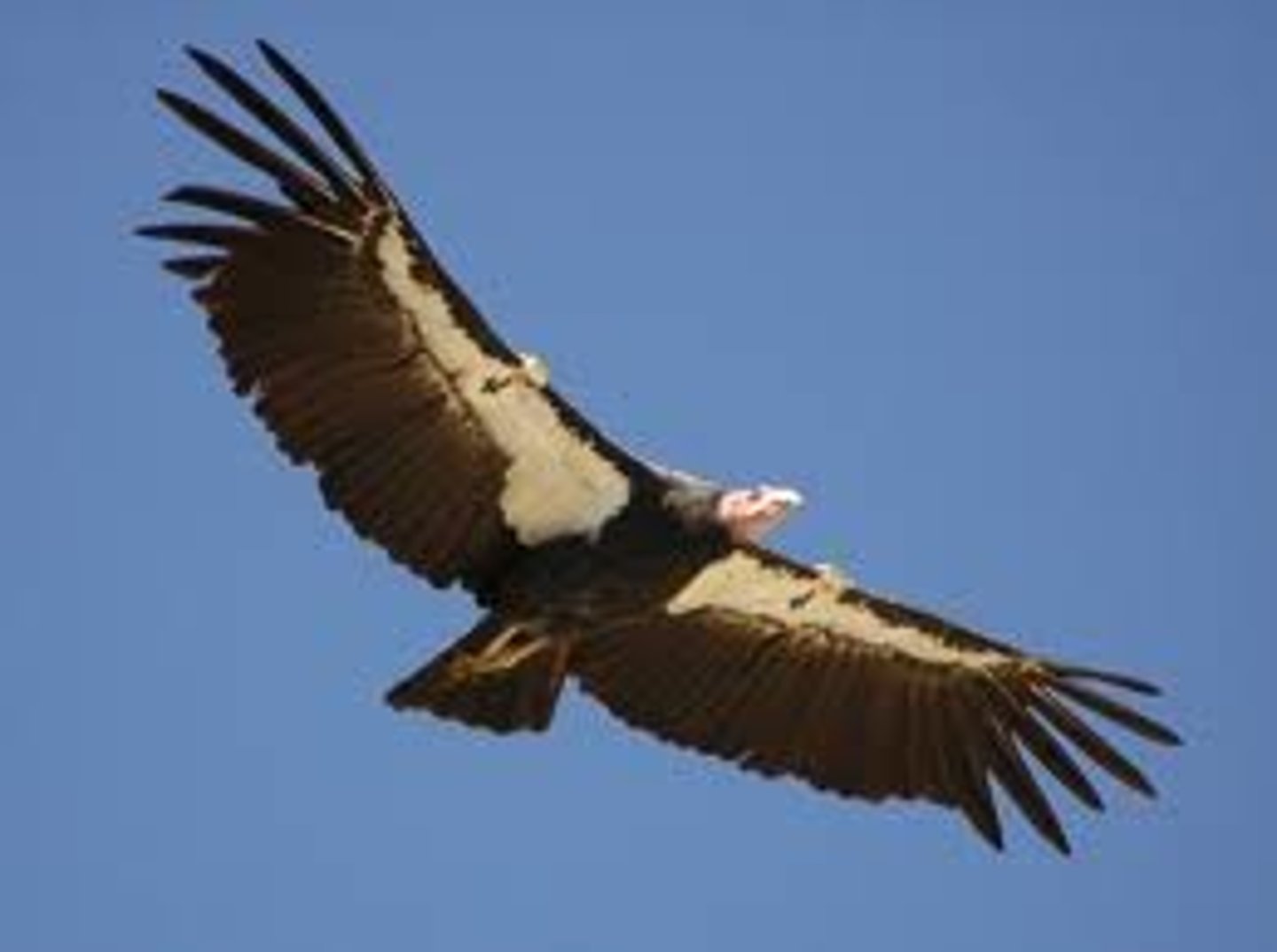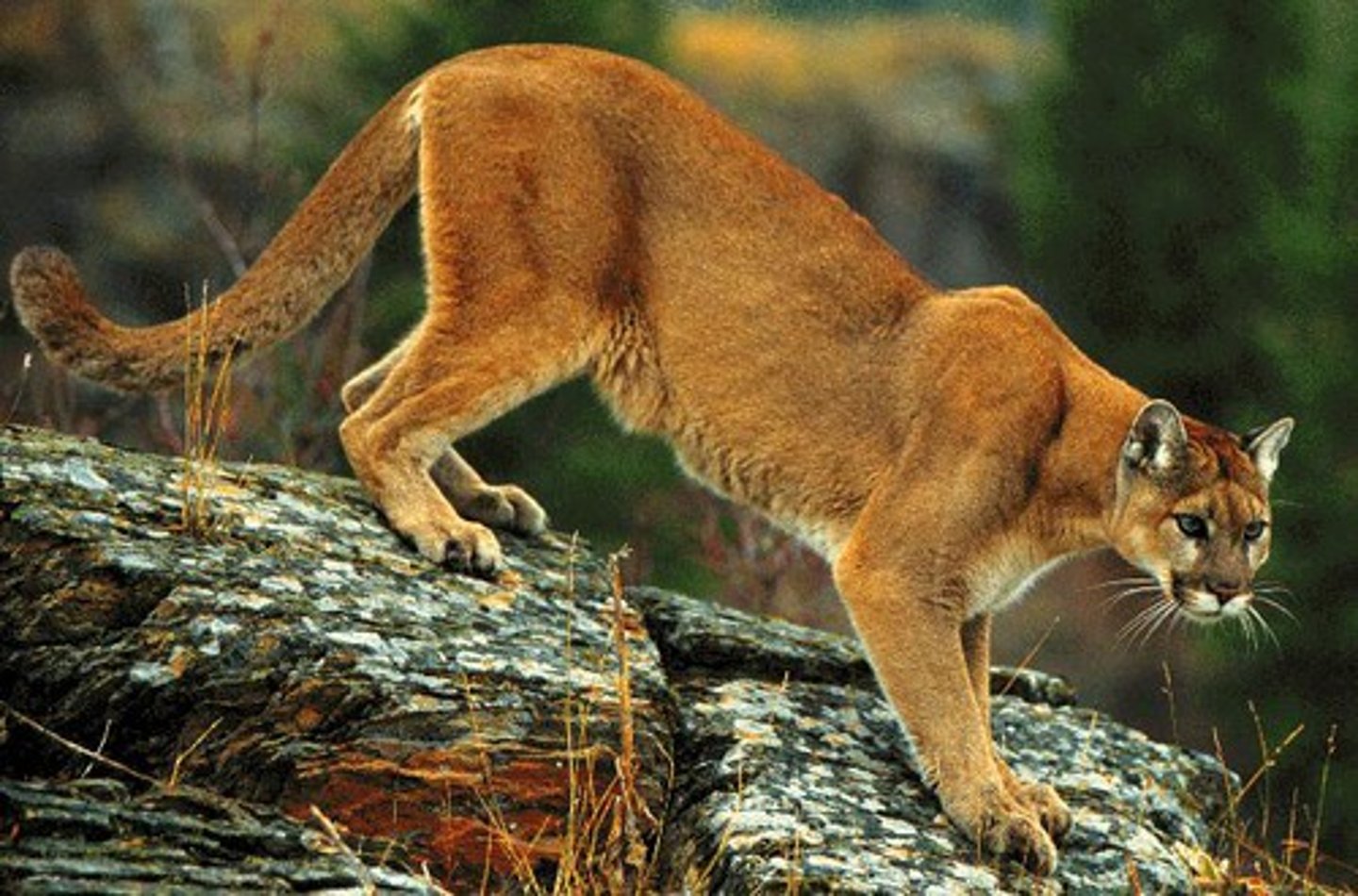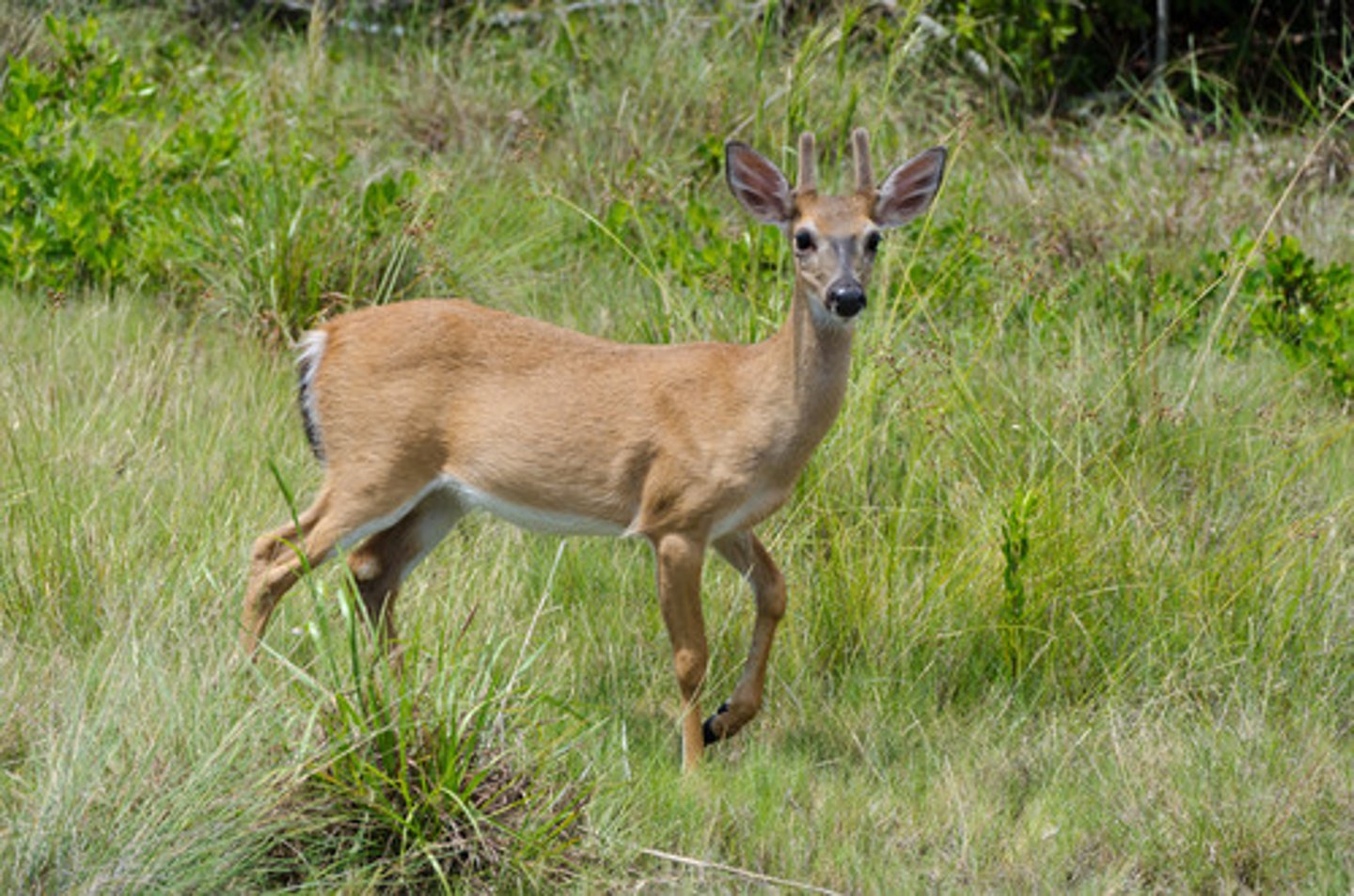AEST Natural Resources Specialist Certification
1/45
There's no tags or description
Looks like no tags are added yet.
Name | Mastery | Learn | Test | Matching | Spaced |
|---|
No study sessions yet.
46 Terms
renewable resource
Naturally replenished over short periods of time (takes less than 100 years to form)
nonrenewable resource
Naturally formed more slowly than we use them (takes more than 100 years to form)
perpetual resource
resource that last forever
o horizon
The top layer of soil made of fresh to partially decomposed organic matter
a horizon
Topsoil; Made of highly decomposed, mixed up organic matter
e horizon
Eluviated; Materials have leached out of this layer
b horizon
Subsoil; Has a high accumulation of clay content due to leaching from the layers above
c horizon
Parent Material; Consists of weathered bedrock
r horizon
Bedrock; Made of unweathered rocks
alfisols
soils with subsurface horizons of silicate clay accumulation and moderate to high base saturation
ultisols
soils with subsurface horizons of silicate clay accumulation and low to very low base saturation
entisols
soils with little or no morphological development
spodosols
soils with subsurface horizons of amorphous accumulations or of cementation with iron oxides
sand
largest-sized soil particle; high porosity
silt
medium-sized soil particle; moderate porosity
clay
smallest-sized soil particle; low porosity
cation exchange capacity
a property of soil that describes its capacity to supply nutrient cations to the soil solution for plant uptake;
influences the soil's ability to hold nutrients and provide a buffer against acidification
anion exchange capacity
the positive charge available to attract anions in solution
point source pollution
Pollution from a single, identifiable source
nonpoint source pollution
Pollution from many places, spread over a large area
eutrophication
excess phosphorous and other nutrients found in water; usually due to pollution from agriculture. Excess nutrients in the water cause algae growth to increase. This decreases dissolved oxygen levels, resulting in the death of aquatic species.
clean water act
Established in 1972, creates the basic structure for regulating pollutants released into water and regulating quality standards for surface water. Allows for the Environmental Protection Agency (EPA) to implement pollution control programs and wastewater standards.
marshes
Wetlands frequently or continually filled with water, characterized by soft-stemmed vegetation adapted to saturated soil conditions. They recharge groundwater, help reduce damage caused by floods, and use excess nutrients that could pollute surface water.
Tidal marshes
Found along the coast and can be fresh, salt, or brackish water. Each marsh has two distinct zones, the lower (intertidal) marsh and the upper (high) marsh. They protect shorelines from storms, slow shoreline erosion, and absorb excess nutrients before they reach other areas.
nontidal marshes
Mostly freshwater and occur along streams in poorly drained depressions and in shallow waters along the boundaries of surface water. They contain highly organic, mineral rich soils and, therefore, are one of the most productive ecosystems. They also sustain a large variety of plants and animals.
swamps
Wetland dominated by woody plants. Characterized by saturated soils during the growing season and standing water during other times of the year. They help with flood protection and nutrient removal and are home to a wide diversity of plants and animals due to the rich deposits of alluvial soil from floods.
bogs
Characterized by spongy peat deposits, acidic waters, and a floor covered by a thick layer of sphagnum moss. They receive most of their water from precipitation and, therefore, have soil low in nutrients. They prevent downstream flooding and provide a habitat to animals threatened by human development.
fens
Peat-forming wetlands that receive nutrients from sources other than precipitation. They are less acidic and have higher nutrient levels. They prevent and reduce the risk of floods, improve water quality, and provide a habitat for unique plant and animal communities.
Pinus elliottii
slash pine
Taxodium distichum
bald cypress
Ilex myrtifolia
myrtle holly
Acer rubrum
red maple
Liquidambar styraciflua
sweetgum
Serenoa repens
saw palmetto
Gordonia lasianthus
loblolly bay
Ammodramus maritimus nigrescens
dusky seaside sparrow
Puma concolor couguar
eastern cougar
Ectopistes migratorius
passenger pigeon

Gymnogyps californianus
california condor

Puma concolor coryi
florida panther

Campephilus imperialis
imperial woodpecker

Odocoileus virginianus clavium
key deer

Canis rufus
red wolf

Drymarchon couperi
eastern indigo snake

Aphelocoma coerulescens
florida scrub jay

Mycteria americana
wood stork
